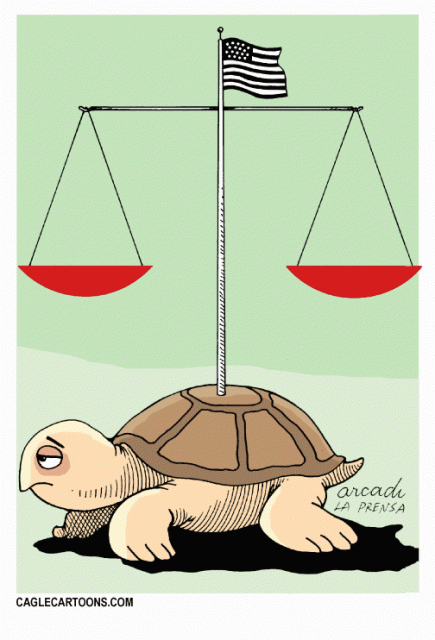Search
Democracy Links
Member's Off-site Blogs
waiting for justice .....

Consigned to a dismal prison cell, facing the prospect of dying behind bars surrounded by those who insisted on his guilt, James Woodard displayed leonine strength of character and inexhaustible tenacity.
Woodard was convicted in 1980 of murdering his girlfriend, Beverly Ann Jones. The case turned on the testimony of an eyewitness who claimed to have seen Woodward near the scene of the murder. That witness claimed to have identified Woodward from several hundred yards away at 3:30 a.m.
Woodward maintained that he had been at a party in Arlington in the company of numerous eyewitnesses at the time of the murder. The Dallas DA's office, headed by former FBI agent Henry Wade, was able to confirm Woodward's alibi. And it was also aware of the fact that three other men had been seen with Miss Jones that night, including two who would later be convicted of sexual assault.
Wade and his office, in their zeal to close the case, refused to provide that exculpatory evidence to the defense, as they were legally and ethically required to do. The case against Woodward was thinner than a bulimic heroin addict; it relied on a dubious eyewitness ID and a pile of circumstantial evidence. Wade and his henchmen did what they could to flesh out that case with layers of insinuation and theatrical outrage, and this proved to be sufficient. In 1981, Woodward was found guilty and sent to prison, apparently for life.
Over the next 27 years, Woodard was up for parole on at least 12 occasions. His conduct in prison was exemplary, and apart from the conviction there was no indication that he would pose a threat to anyone if he were freed.
However, at each hearing the parole board insisted that Woodard allocute to the crime, often saying that his refusal to acknowledge his guilt was the only thing standing between him and freedom.
And each time, Woodard refused to concede his guilt.- By John Richardson at 8 May 2008 - 8:29pm
- John Richardson's blog
- Login or register to post comments
Recent comments
3 hours 22 min ago
4 hours 6 min ago
4 hours 33 min ago
5 hours 8 min ago
5 hours 21 min ago
5 hours 43 min ago
6 hours 13 min ago
7 hours 8 min ago
18 hours 39 min ago
18 hours 48 min ago